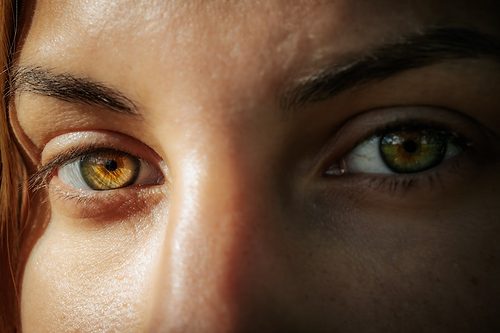Articles Tagged with ''psychotherapy''
Six Critical Mistakes to Avoid When Treating Survivors of Intimate Partner Violence
Elizabeth Saenger, PhD
Read More
Pharmacological Considerations in Treating Patients Exposed to Intimate Partner Violence
M. Renee Valdez, PhD, MD
Read More
CLINICAL UPDATE
Dialectical Behavior Therapy: A Primer
Josh Sonkiss, M.
Co-medical director, Behavioral Health Unit, Fairbanks Memorial Hospital
Dr. Sonkiss has disclosed that he has no relevant relationships or financial interests in any commercial companies pertaining to this educational activity.
Read More
Helping the Severely Mentally Ill to Help Themselves
Glen Spielmans, PhD
Associate professor of psychology, Metropolitan State University, St. Paul, MN
Glen Spielmans, PhD, has disclosed that he has no relevant financial or other interests in any commercial companies pertaining to this educational activity.
Read More

_-The-Breakthrough-Antipsychotic-That-Could-Change-Everything.jpg?1729528747)



